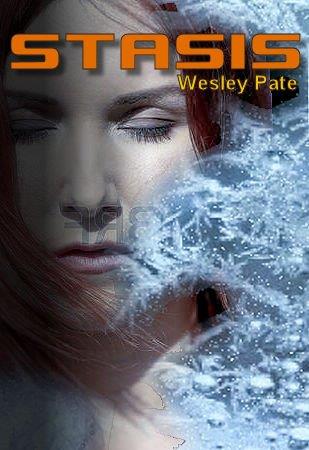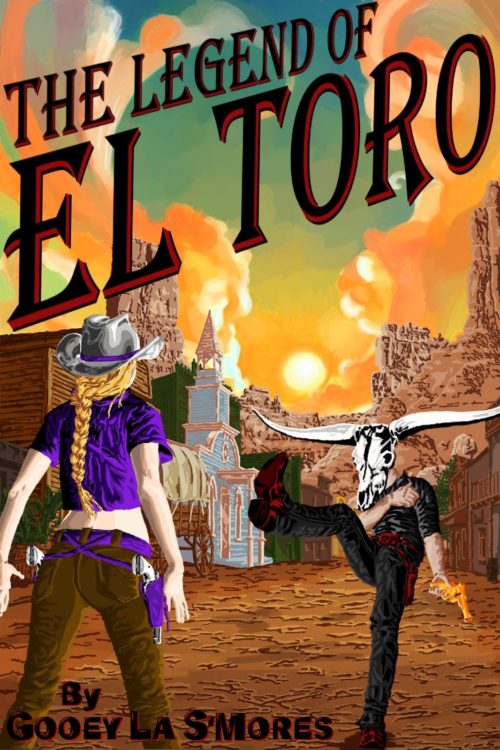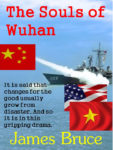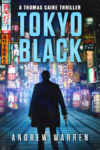The author says:
This is an updated cover concept I’m re-submitting for comment, based on several much-appreciated comments from the group. Because the new concept is such a diversion from the previous, I hope you’ll consider it in that light. As for the book, it’s a sci-fi novel targeted at adults. The story begins 50 years in the future as the protagonist and her husband travel to an exclusive resort on the Moon. A bioterrorist attack leaves most of the guests and staff infected with only days to live. The heroine goes into stasis to try and survive long enough until a cure can be found. She’s in and out of stasis for the next 200 years until the day arrives when she can take matters into her own hands.
[original submission and comments here]
Nathan says:
It’s a much more solid design than your first attempt. My two biggest comments are:
- Up the sci-fi factor — whether with the font, or adding an instrument panel, or something.
- There’s no need for the byline to be crowded into where it is, at the size that it is, when you’ve got all that empty real estate at the bottom.
Other comments?










